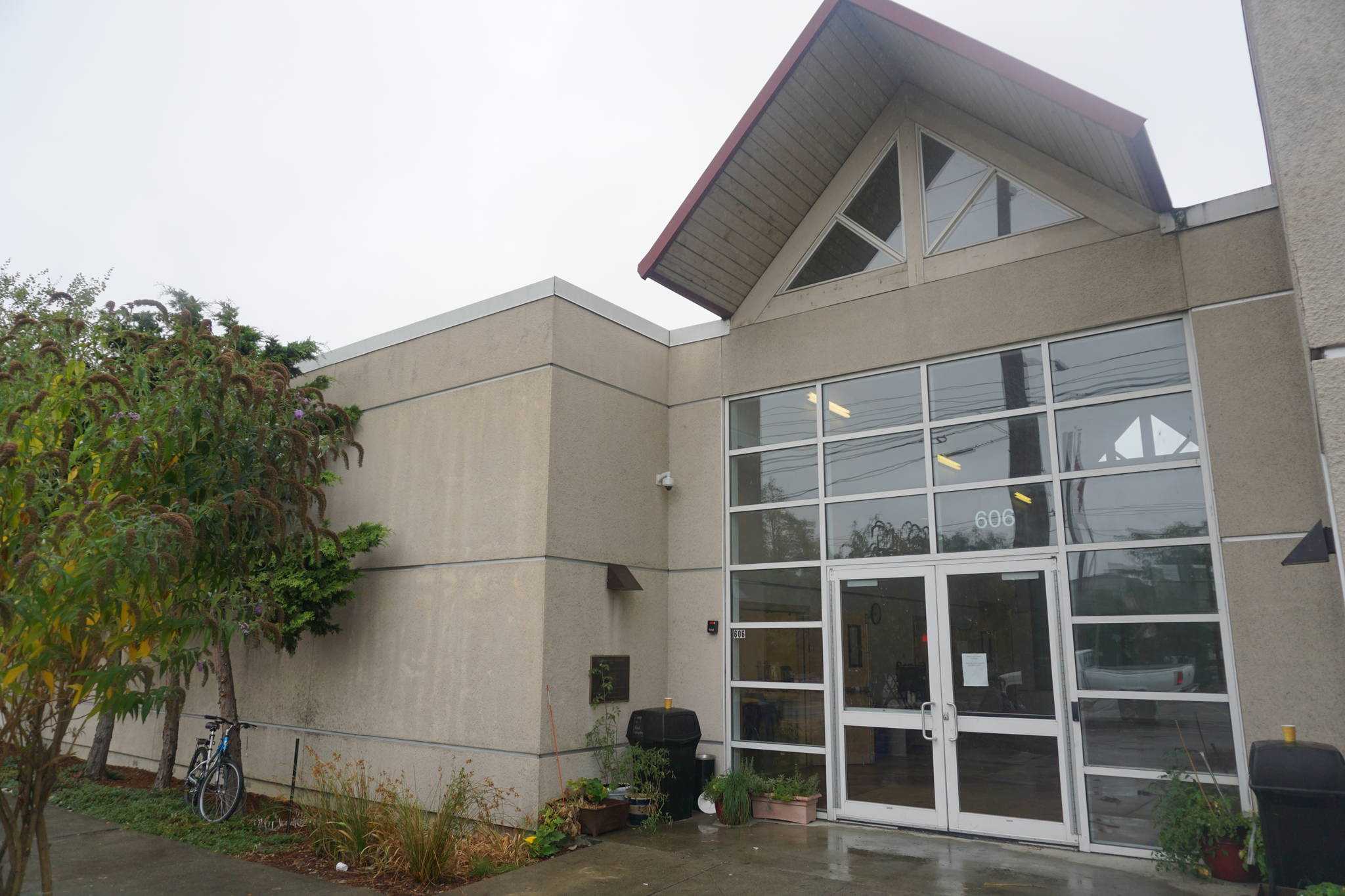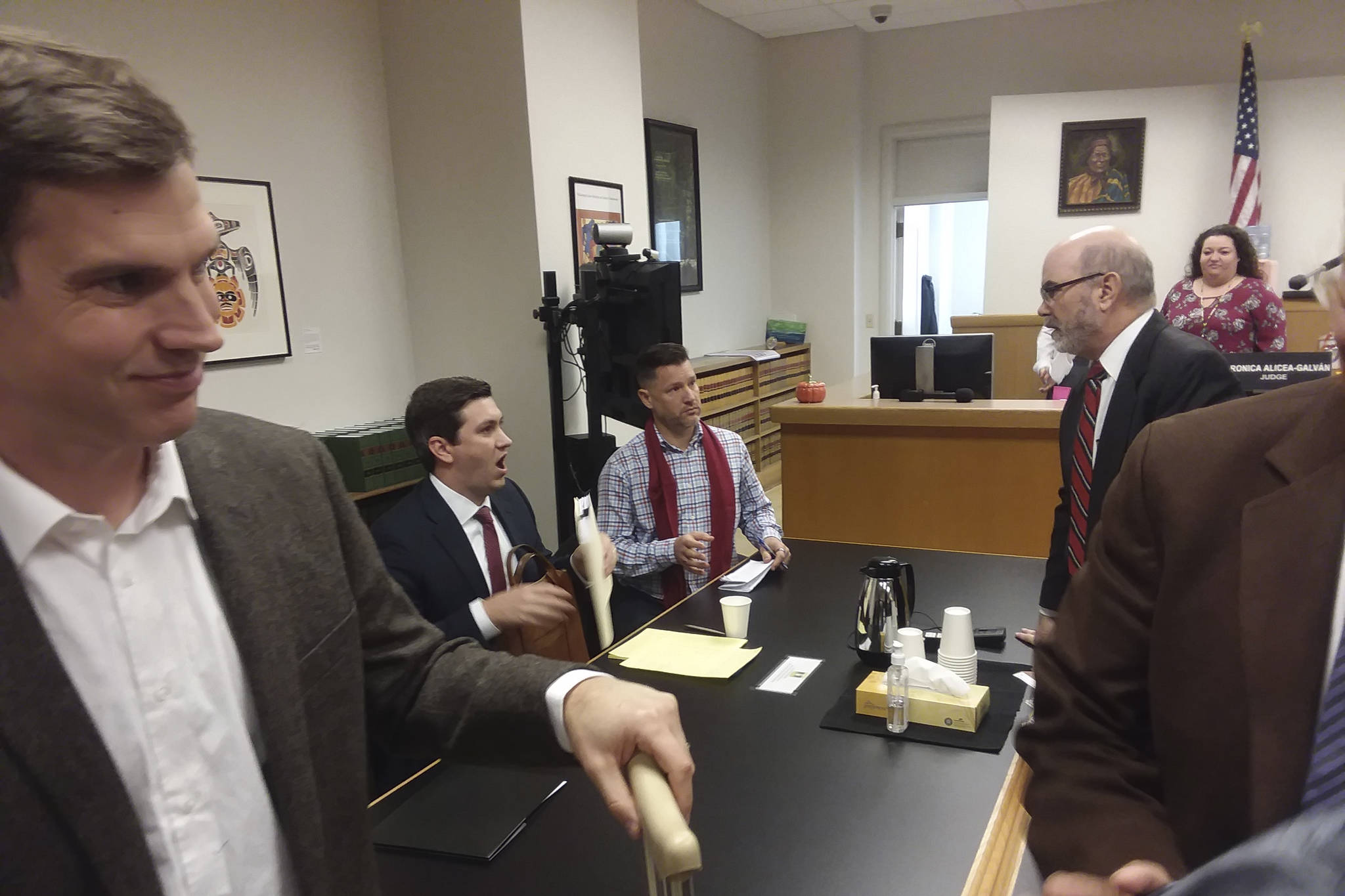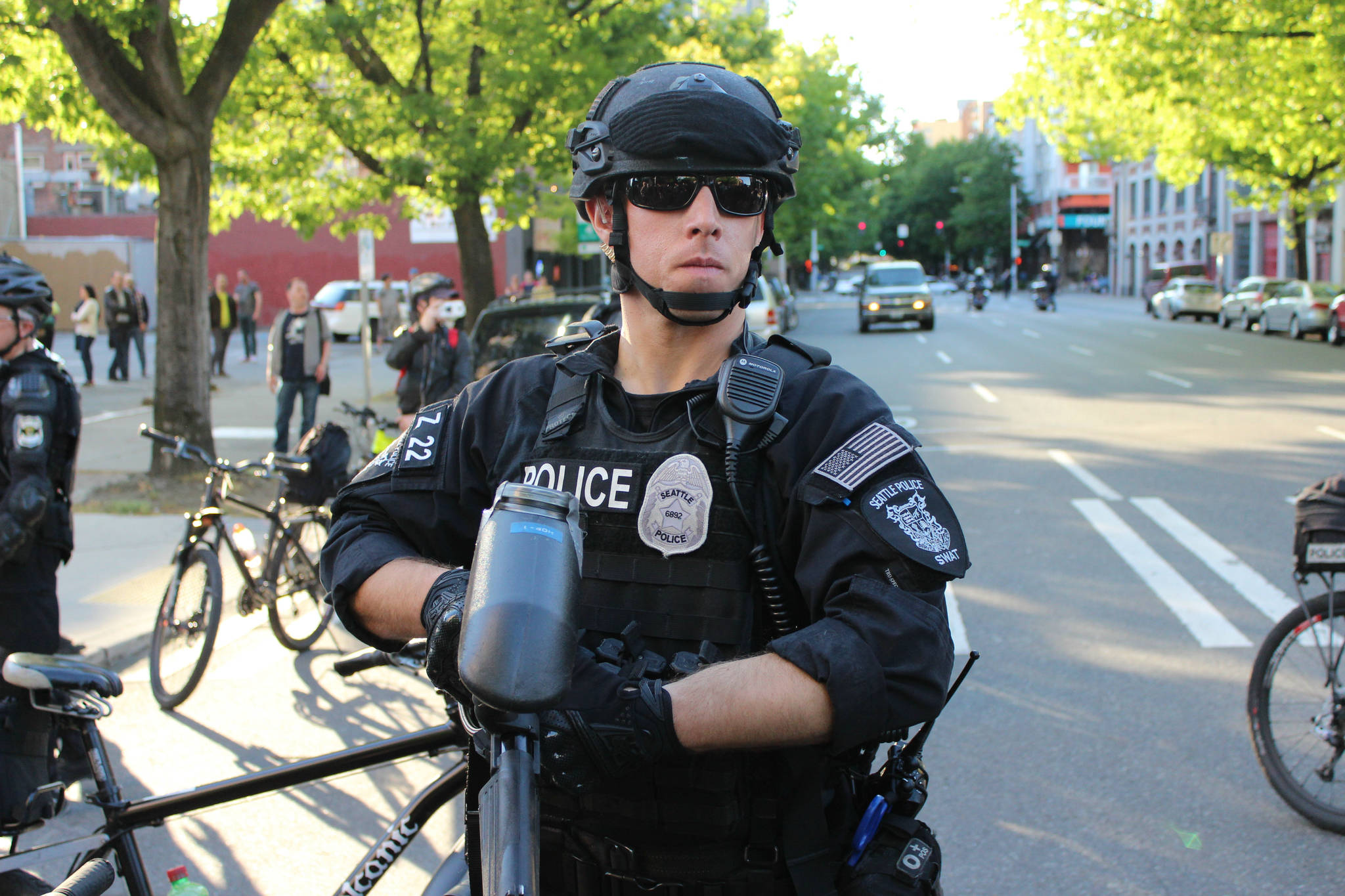Seattle authorities keep sweeping homeless campers, but it’s still not clear that there’s anywhere for most of them to go.
On Monday, local authorities will evict campers from beneath the Spokane Street overpass in SoDo. Mayor Ed Murray’s stated goal for the sweeps is to encourage campers to accept outreach and come inside. Specifically, authorities are sending many evicted campers to the Navigation Center, a 24/7 dormitory/shelter with case-management services. A similar 100-bed shelter run by Compass Housing Alliance opened on Thursday, Aug. 31, at First Presbyterian Church.
The Navigation Center is supposed to rapidly cycle people off the street: Sweeps bring in homeless campers, then the Navigation Center outputs them into long-term housing. But as the 60-day deadline for housing its first cohort approaches, there’s no indication that the Navigation Center is rapidly cycling all that many people into permanent housing.
Located inside the Pearl Warren Building on 12th Avenue South, near the I-5/I-90 interchange, the Navigation Center opened on July 12, half a year later than Murray initially aimed for. Modeled on San Francisco’s own Navigation Center, Seattle’s is “a dormitory-style living facility that provides shower, bathroom, and laundry facilities, as well as meals and a place to store personal belongings,” as described by Seattle’s homelessness response blog. Critically, the Center can accommodate (some) pets, partners, and possessions, unlike overnight shelters. Things like pets and a desire to stay with partners has been cited as a barrier for many homeless people seeking shelter. The only way to enroll in the Navigation Center is to be referred by a cop or outreach worker on the city’s Navigation Team, which evicts unauthorized homeless encampments.
According to the city’s blog, between February 20 and August 11, the team “made 4,199 total contacts to a total of 1,157 individuals,” about four contacts per individual, on average. “Of those individuals, 721 [62 percent] accepted some sort of service, including 419 [36 percent] who relocated to alternative living arrangements.” A later post reads, “All 66 individuals found residing along Spokane Street from Airport Way to Colorado Avenue South were contacted multiple times.” Four people went to the authorized Georgetown encampment, one went to the Navigation Center, three went onto a shelter waitlist, five received medical attention, and a handful of others received other services.
City workers have been removing homeless people from the Spokane Street corridor for months. In April, after a fire beneath the corridor’s overpass, the Navigation Team evicted dozens of people living there inside automobiles or RVs.
Despite repeated requests, spokespeople for the Human Services Department (HSD) and its contractor, the Downtown Emergency Services Center (DESC), did not provide Seattle Weekly with statistics on how many people so far have entered the Navigation Center and exited into permanent housing. One Navigation Center participant, Jacqueline Martin, said that she knows of perhaps five participants who’ve found permanent housing so far.
“There have been a couple of housing successes from the original cohort,” agrees DESC spokesperson Greg Jensen, “but my understanding is that those were people who were working on housing kind of before they came into the Navigation Center.”
The 60-day deadline for moving Navigation Center participants into permanent housing isn’t “hard and fast,” says HSD spokesperson Meg Olberding. Moving homeless people into sustainable housing is “an art more than a science,” she says. The city is currently bidding out $30 million in homeless service contracts, says Olberding. According to Mayor Murray, this is the first time that’s happened in over a decade.
“The ongoing challenge of the Navigation Center will be to find housing in a community where we’re really challenged to find an adequate stock of affordable housing,” says Jensen. “But that’s what we’re working on, and we’re turning over as many rocks as we can.”
cjaywork@seattleweekly.com
Sara Bernard contributed to this story.








